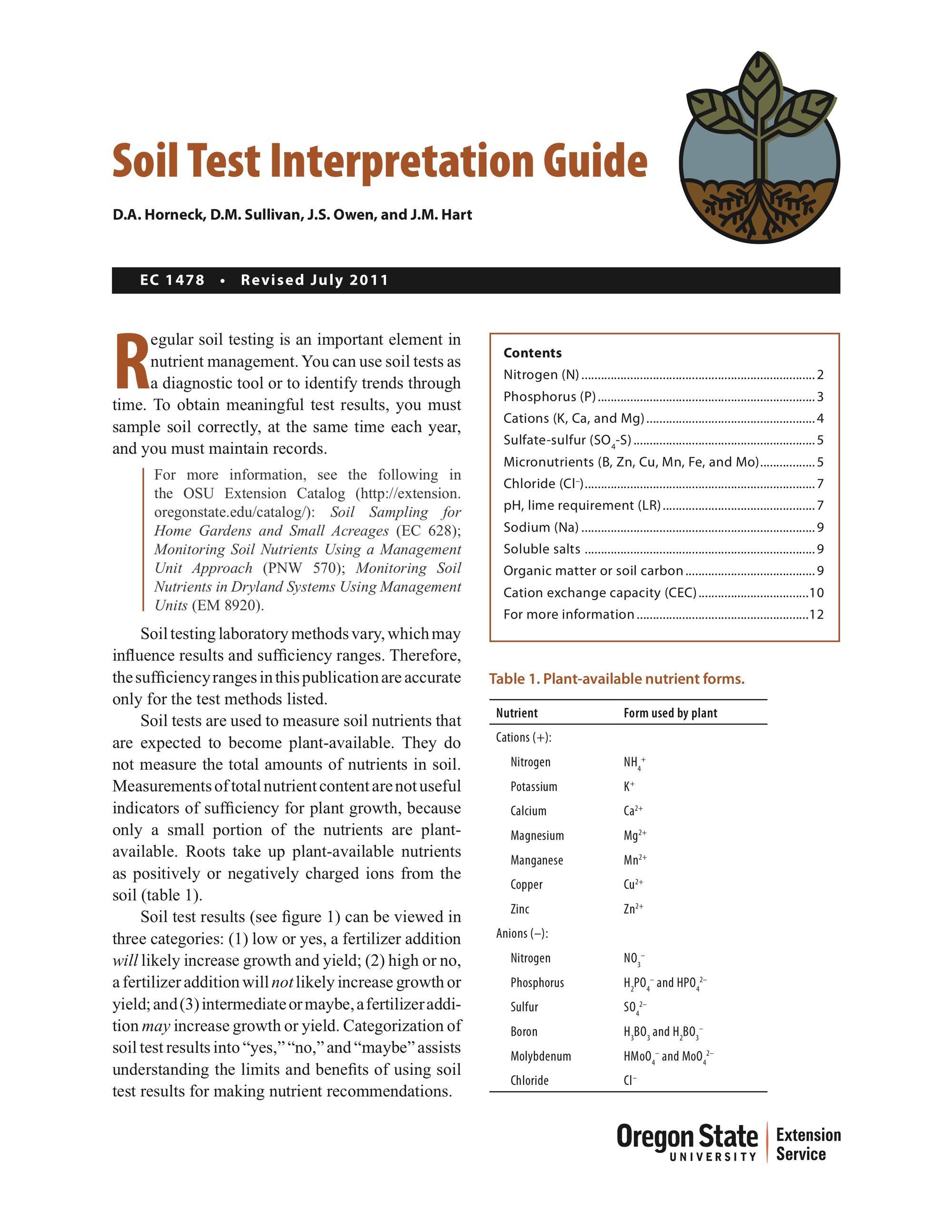Rico Swazi
Active member
soil tests are only as good as the protocol/time of collection
soil chemistry alters over time which has had many grower chasing their tails amending this, adding that
Save your money, treat the wife to a night out , she deserves it and you do to
Relax Bio boy, you got this
happy and productive new years to you
soil chemistry alters over time which has had many grower chasing their tails amending this, adding that
Save your money, treat the wife to a night out , she deserves it and you do to
Relax Bio boy, you got this
happy and productive new years to you


